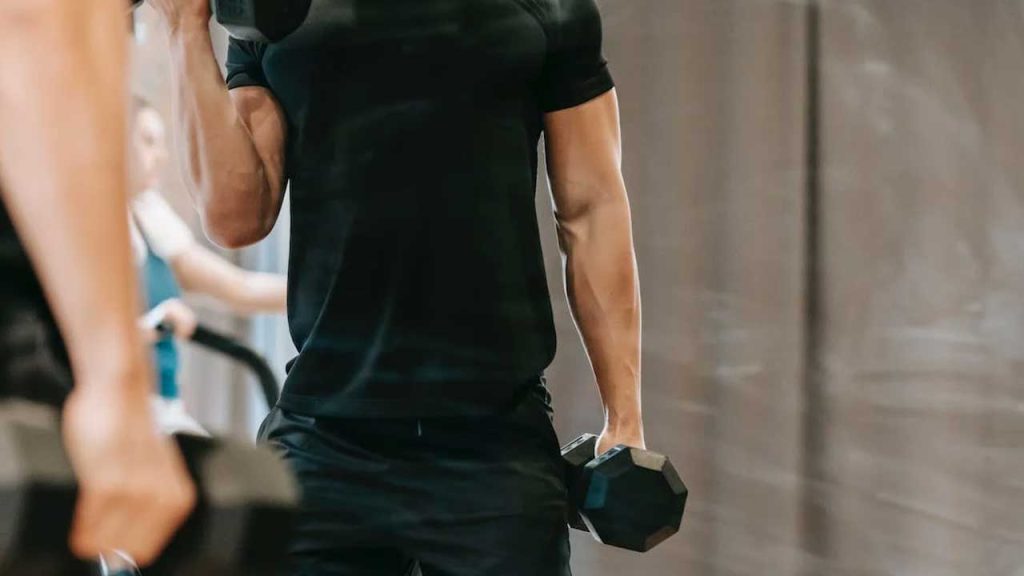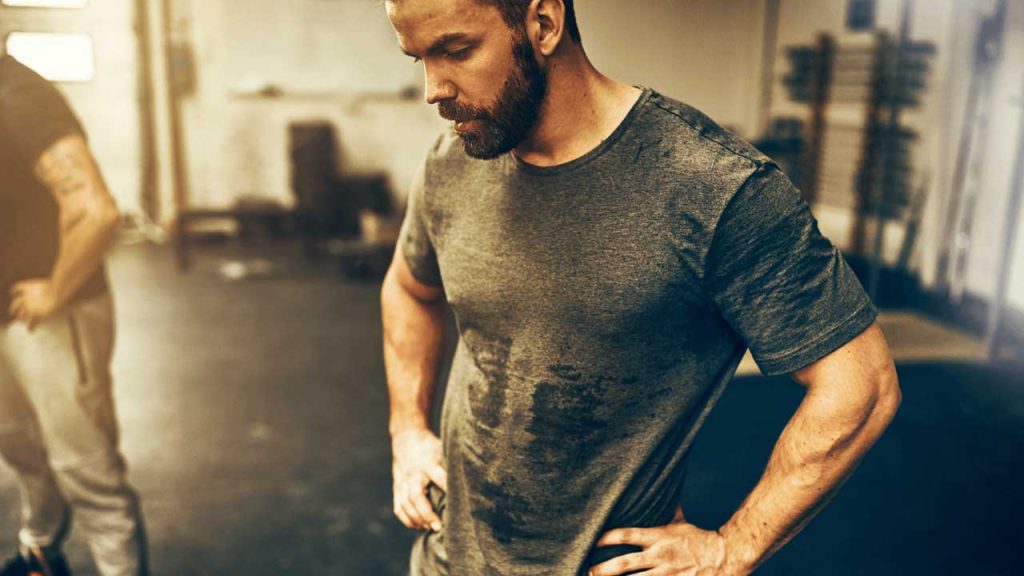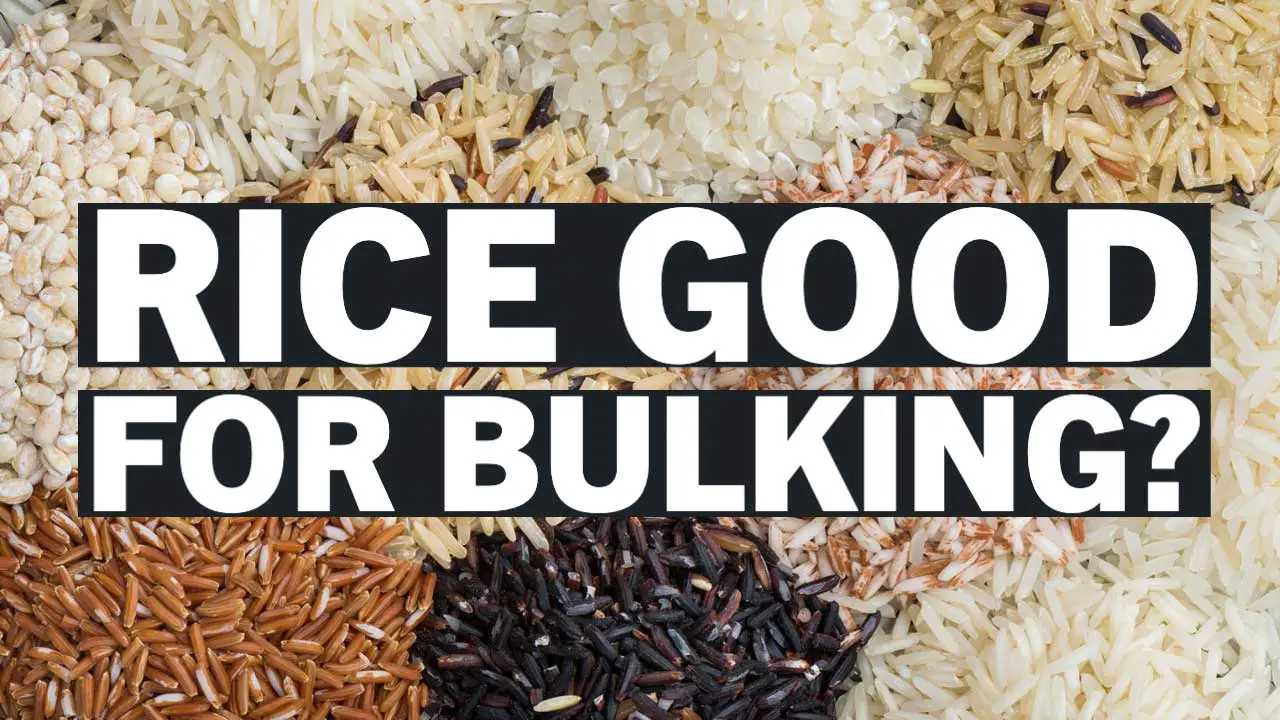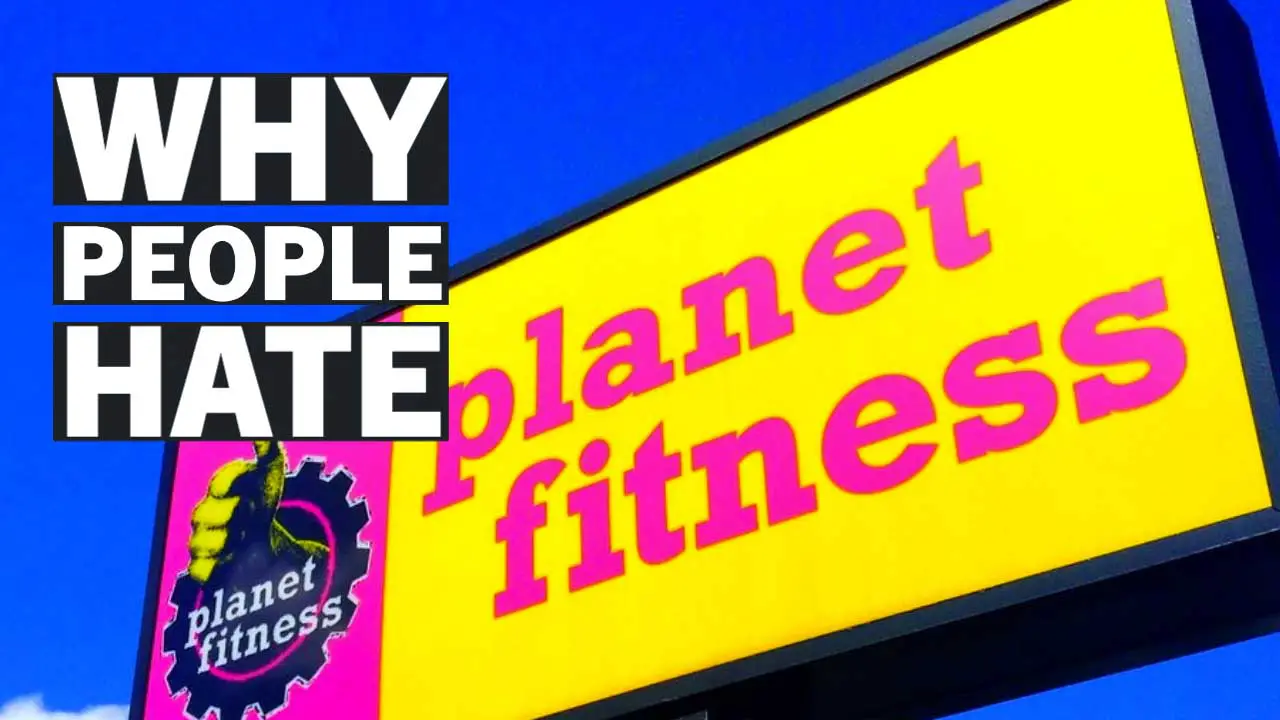Top 7 Workout Myths: Debunking Common Fitness Misconceptions

ListedFit is reader-supported. When you buy through links on our site, we may earn a small commission.
Are you tired of working out but not seeing the results you want? You may have fallen victim to common workout myths that can hinder your progress. It’s time to debunk these misconceptions and set yourself up for success.
We’ve compiled a list of the top seven workout myths that are holding you back from reaching your goals. We know how discouraging it can be to spend hours at the gym or working out at home, only to see minimal results.
But we’re here to tell you that it’s not your fault. You’ve likely been misled by some of the most common fitness misconceptions that have been circulating for years.
That’s why we’re going to debunk them once and for all!
Table of Contents
Myth 1: Cardio is the Best Way to Lose Weight
When it comes to losing weight, many people believe that cardio is the best way to do it. However, this is a common myth that needs to be debunked. While cardio is an important part of any workout routine, it is not the only way to lose weight.
According to Mayo Clinic Health System, focusing solely on cardio will not transform your body as quickly or as dramatically as you would think. People perceive cardio as the ultimate solution because their heart rate is up. While cardio does burn calories and can help you lose weight, it’s important to incorporate other types of exercise into your routine as well.
MyFitnessPal explains that doing lots of cardio is not the best way to lose weight. Instead, you should focus on building muscle through strength training exercises. Muscle burns more calories than fat, even when you’re at rest. So, the more muscle you have, the more calories you will burn throughout the day.
It’s important to note that everyone’s body is different, and what works for one person may not work for another. However, incorporating strength training into your workout routine can help you build muscle, burn fat, and ultimately lose weight.
Myth 2: You Need to Work Out Every Day
One of the most common workout myths is that you need to work out every day to see results. However, this is not entirely true. While consistency is key to achieving your fitness goals, overtraining can actually do more harm than good.
When you work out, you are essentially breaking down your muscles. In order for them to grow and become stronger, they need time to recover. If you don’t give your muscles enough time to recover, you risk injury and can actually hinder your progress.
According to Ultimate Performance, “training every day ignores the most overlooked factor in muscle growth: recovery.” Instead, they recommend incorporating rest days into your workout routine to allow your muscles to recover and grow.
It’s also important to note that the amount of rest time you need will vary depending on your fitness level and the intensity of your workouts. As a general rule of thumb, aim for at least one or two rest days per week.
Remember, working out is only one piece of the puzzle when it comes to achieving your fitness goals. Proper nutrition, hydration, and rest are all equally important in helping you reach your full potential.
Myth 3: Lifting Weights Will Make You Bulk Up

One of the most common workout myths is that lifting weights will make you bulk up. However, this is not entirely true. While lifting weights can help you build muscle mass, it does not necessarily mean that you will become bulky or look like a bodybuilder.
According to the National Institute of Diabetes and Digestive and Kidney Diseases, lifting weights or doing other muscle-strengthening activities two or three days a week can help you build strong muscles without bulking up. In fact, building muscle can actually help you burn more calories and lose weight.
It’s important to note that the amount of muscle mass one can gain is limited by the size of their frame and the amount of muscle mass they already have. So, if you’re worried about bulking up, you can focus on lifting lighter weights with more repetitions instead of lifting heavy weights with fewer repetitions.
Additionally, it’s important to have a balanced workout routine that includes both cardio and strength training. According to Mayo Clinic Health System, focusing solely on cardio for weight loss is a myth. While cardio is important, strength training can help you build muscle and boost your metabolism, which can help you burn more calories even when you’re not working out.
So, don’t be afraid to lift weights! It can help you build a strong, healthy body without bulking up.
Myth 4: You Can Target Fat Loss in Specific Areas
Many people believe that they can lose fat in specific areas of their body by doing targeted exercises. For example, they might think that doing crunches will help them lose belly fat, or that doing squats will help them lose fat in their thighs. However, this is a myth.
According to Medical News Today, “When you lose weight, you cannot choose where you lose it from. Your body decides where the fat comes from, and it will often come from the areas where you store the most fat.” In other words, you might lose fat from your belly or your thighs, but you might also lose fat from other areas of your body.
Furthermore, doing targeted exercises will not necessarily burn more fat in the targeted area. According to Healthline, “Spot reduction is a type of exercise that many people turn to when trying to slim down specific areas of their bodies. However, there is quite a bit of evidence to suggest this is not possible.”
So, what should you do if you want to lose fat in a specific area of your body? The best approach is to focus on overall weight loss through a combination of healthy eating and regular exercise. As Livestrong explains, “successful weight loss comes down to eating fewer calories and exercising to burn more energy. If you cut just 200 calories a day from your diet and burned just 300 extra calories a day by exercising, you’d lose about one pound per week.”
Myth 5: You Need Supplements to Build Muscle

One common myth is that you need supplements to build muscle. While supplements can be helpful in some cases, they are not necessary for muscle growth. In fact, many people are able to build muscle and achieve their fitness goals without taking any supplements at all.
It’s important to remember that supplements are just that – supplements. They are meant to be used in addition to a healthy diet and regular exercise routine, not as a replacement for them. If you are relying solely on supplements to build muscle, you may not be seeing the results you want.
Another thing to keep in mind is that not all supplements are created equal. Some supplements may be ineffective or even harmful, so it’s important to do your research and choose supplements that have been proven to be safe and effective.
Instead of relying on supplements, focus on eating a healthy, balanced diet that is rich in protein, carbohydrates, and healthy fats. Make sure to include plenty of whole, nutrient-dense foods like fruits, vegetables, lean meats, and whole grains. And of course, make sure to engage in regular strength training exercises to help build muscle mass.
Remember, building muscle takes time and dedication. There are no shortcuts or magic pills that will help you achieve your goals overnight. By focusing on a healthy diet and regular exercise routine, you can build the strong, lean physique you’ve always wanted.
Myth 6: Stretching Before a Workout Prevents Injury
You may have heard that stretching before a workout is necessary to prevent injury, but this is actually a common myth. In fact, stretching a cold, tight muscle could lead to injury. According to Harvard Health, studies have found little benefit to stretching before exercise. It’s more effective to stretch after you exercise when your muscles and joints are warm.
Instead of static stretching before a workout, focus on dynamic stretching or a light warm-up. Dynamic stretching involves moving through a range of motion, such as lunges or leg swings, to prepare your body for exercise. A light warm-up, such as a brisk walk or light jog, can also help increase blood flow to your muscles and prepare your body for exercise.
It’s important to note that stretching can still be beneficial for preventing injury, but it should be done after your workout when your muscles are warm and pliable. Stretching after exercise can improve performance and flexibility, and help you maintain a healthy range of motion in your joints.
Remember, the key to preventing injury during exercise is to listen to your body and know your limits. Don’t push yourself too hard, and always use proper form and technique when exercising. If you experience pain or discomfort during exercise, stop immediately and seek medical attention if necessary.
Myth 7: More Sweat Means More Calories Burned

It’s a common misconception that the more you sweat during a workout, the more calories you burn. However, this is not entirely true. While sweating is a natural response of the body to regulate its internal temperature, it is not a reliable indicator of how many calories you are burning.
According to Eat This, Not That!, sweating does not necessarily mean that you are burning more calories. In fact, the amount of sweat you produce depends on various factors such as the temperature and humidity of your environment, your fitness level, and the intensity of your workout.
While sweating can be an indication that you are working hard, it does not necessarily mean that you are burning more calories than someone who is not sweating as much. The number of calories you burn during a workout is determined by several factors such as your weight, the type of exercise you are doing, and the duration and intensity of your workout.
So, don’t be fooled into thinking that sweating more means you are burning more calories. Instead, focus on the quality and intensity of your workout, and make sure to fuel your body with the right nutrients to support your fitness goals.
Workout Myths – Conclusion
Now that you have learned about the top 7 workout myths, you can approach your fitness routine with a clearer understanding of what works and what doesn’t. Remember, building muscle and losing fat takes time and dedication, and there are no shortcuts.
When it comes to cardio, don’t be afraid to mix it up with high-intensity interval training (HIIT) and steady-state cardio. Both have their benefits, and variety is key to preventing boredom and plateaus.
Resistance training is crucial for building muscle and increasing metabolism, but don’t fall for the myth that lifting heavy weights will make you bulky. Women, in particular, often avoid lifting heavy weights for fear of becoming too muscular, but this is simply not true. In fact, lifting heavy weights can actually help you achieve a leaner, more toned physique.
Don’t waste your time on spot reduction exercises like endless crunches in hopes of achieving a six-pack. Instead, focus on full-body workouts that incorporate compound exercises like squats, deadlifts, and pull-ups.
And finally, don’t forget the importance of rest and recovery. Your body needs time to repair and rebuild after workouts, so make sure to get enough sleep, eat a balanced diet, and take rest days as needed.
By debunking these workout myths and focusing on what really works, you can achieve your fitness goals and live a healthier, happier life.
Author
- Danny Loeb is a qualified Personal Trainer, Fitness Model and Writer. He enjoys blogging about health and fitness, messing around with Photoshop, and sharing his experiences with everyone.
Latest entries
 NutritionFebruary 6, 2024What Are Fillers in Supplements? – Unveiling Inactive Ingredients
NutritionFebruary 6, 2024What Are Fillers in Supplements? – Unveiling Inactive Ingredients FitnessAugust 23, 2023Best Post-Workout Foods: Great Ideas for Recovery and Results
FitnessAugust 23, 2023Best Post-Workout Foods: Great Ideas for Recovery and Results BulkingJuly 26, 2023Is Rice Good for Bulking? Unveiling the Truth
BulkingJuly 26, 2023Is Rice Good for Bulking? Unveiling the Truth CultureJuly 15, 2023Why Do People Hate Planet Fitness? Read This Before You Join!
CultureJuly 15, 2023Why Do People Hate Planet Fitness? Read This Before You Join!
Affiliates:
This post may contain affiliate links that at no additional cost to you, the site may earn a small commission. We only recommend products we would use ourselves and all opinions expressed on this site are our own.
General Advice:
The information provided in this article is for general informational purposes only. It is not intended as a substitute for professional advice. Always consult with a qualified healthcare professional before starting any new diet, exercise program, or making changes to your health routine.
Accuracy Advice:
While we strive to provide up-to-date and accurate information, the content in this article may not reflect the most current research or medical guidelines. We encourage readers to do further research and consult with professionals for more personalized advice.
Our Recommendations:
The products and services mentioned in any of our articles are recommended based on our independent research and personal experience. We are not sponsored by any company. We aim to suggest products and services we believe are of high quality and could be beneficial to our readers.






